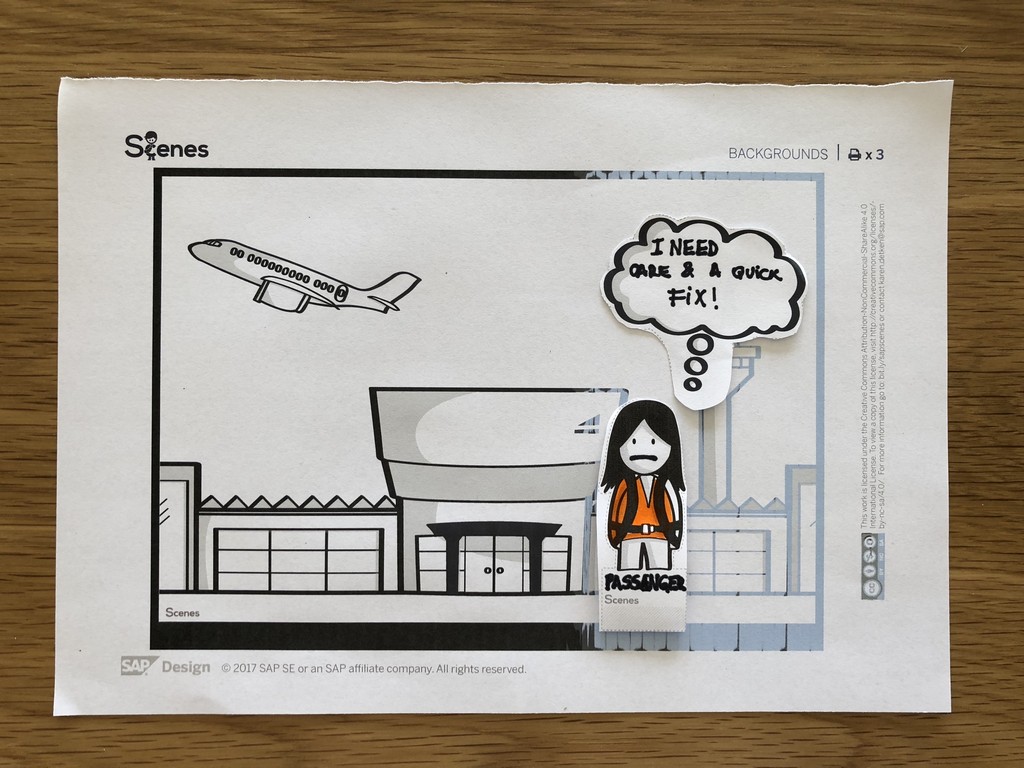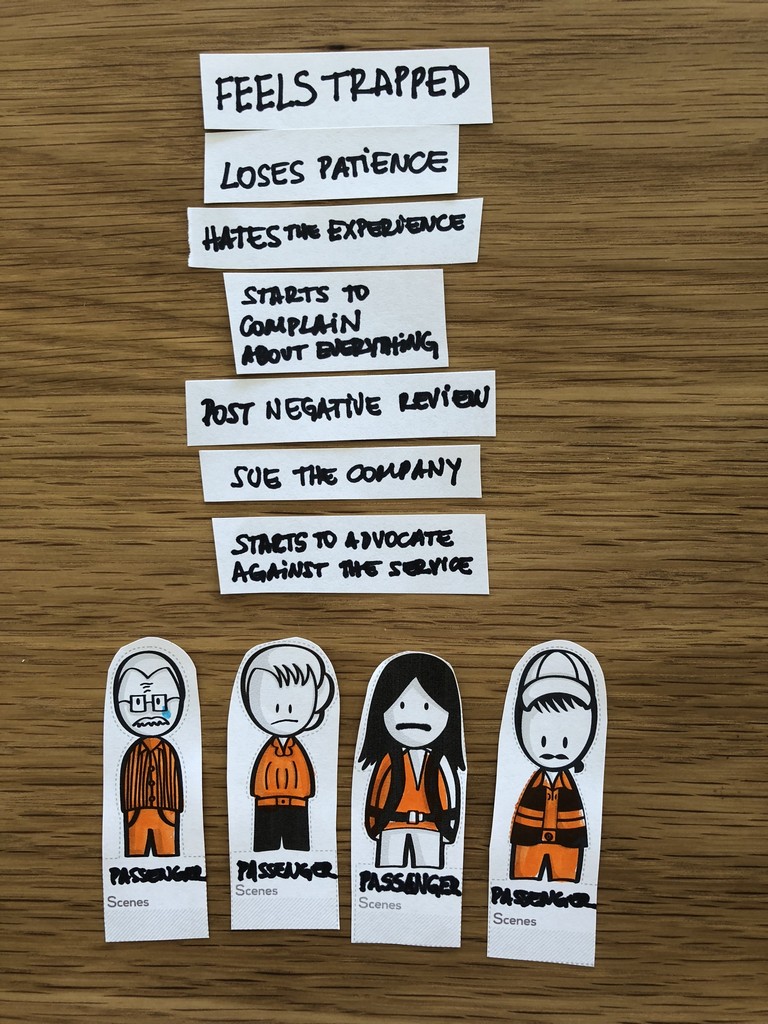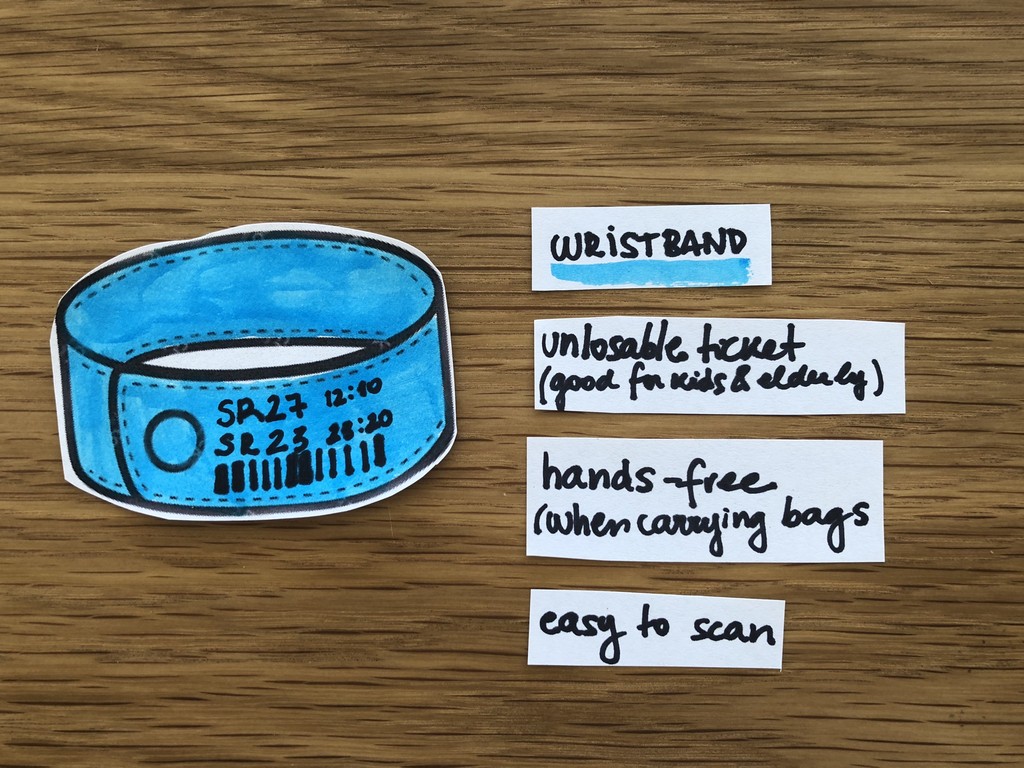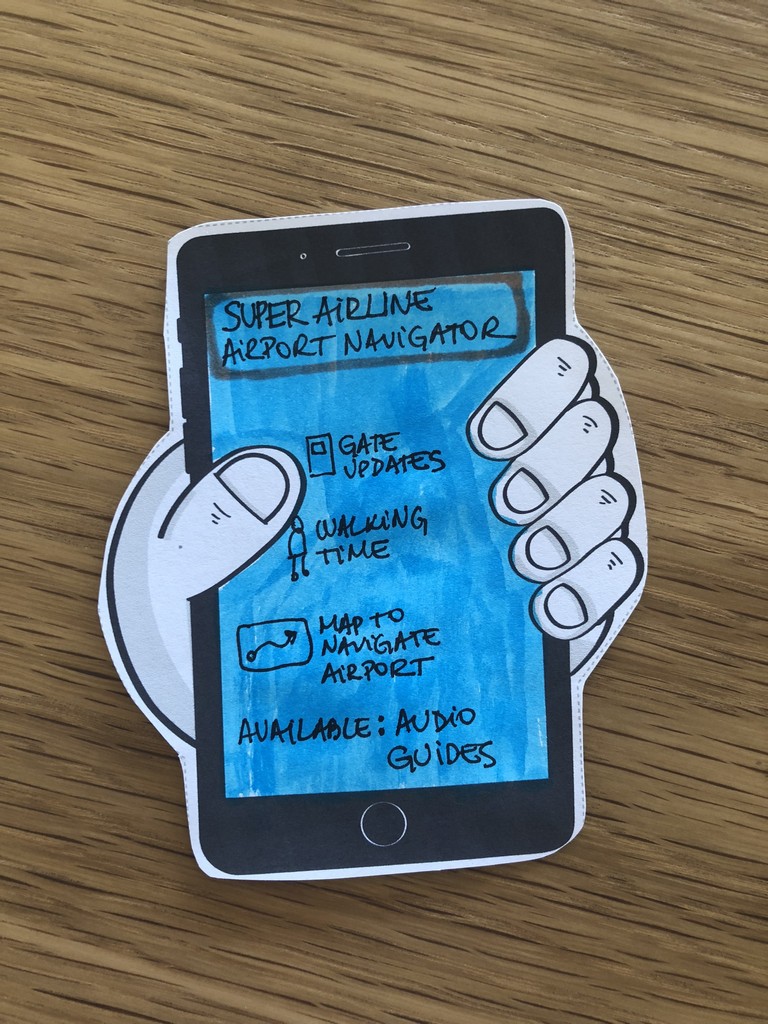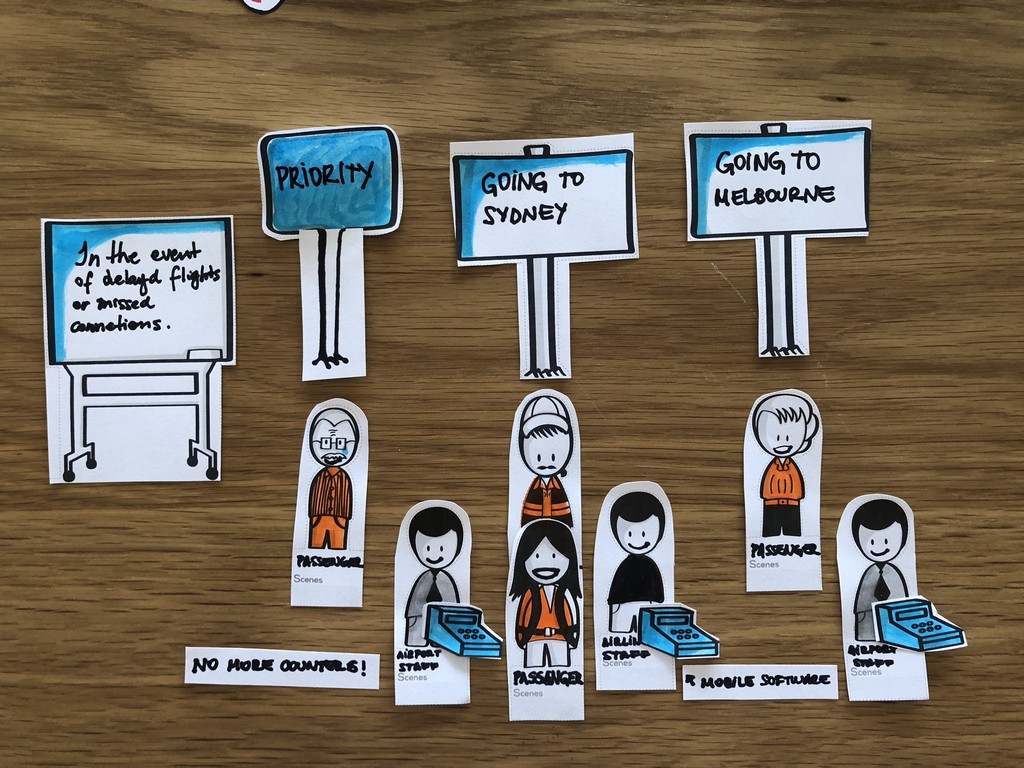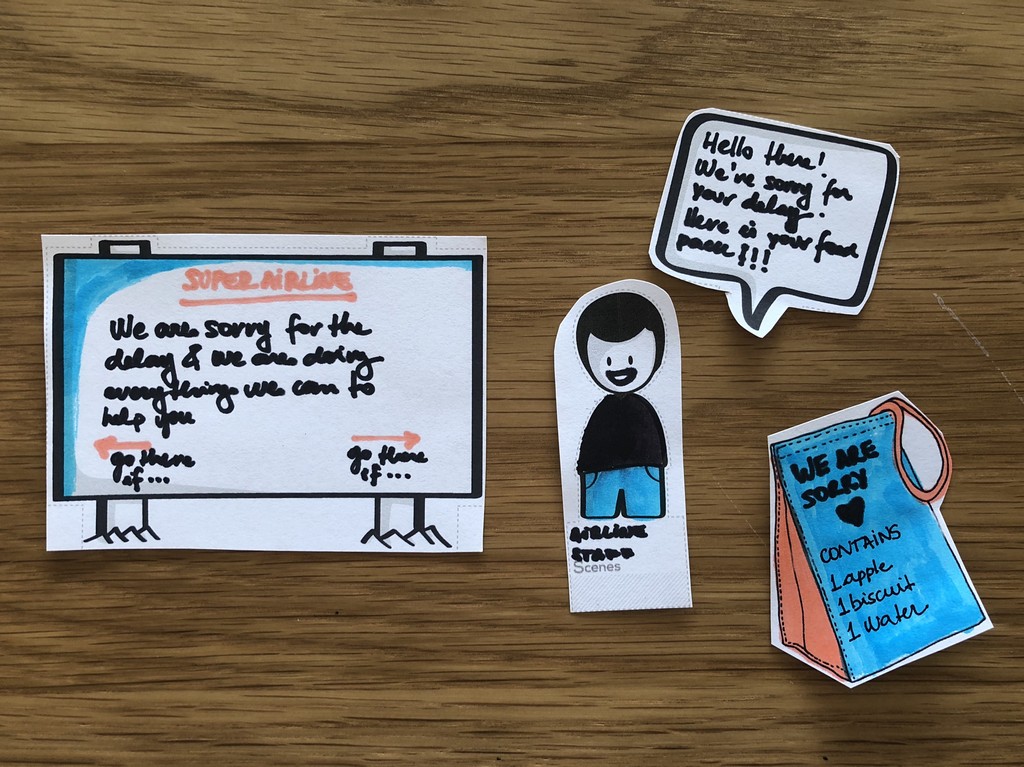Service Design – Airline Nightmare
The last thing that you’d want is to have a customer that is genuinely hating your brand.
As I was entering the last leg of my Sydney to Sao Paulo flight, I lived one of the worst travel experiences of my life. The experience was memorably bad, and I told everyone about it. I even wrote this article about the experience. How bad can an experience be to make a customer proactively tell the story to the world? What is the impact this have on a brand? Instead of just complaining and risking making a nightmare even worse, I decided to propose some suggestions on how this experience could be better. Let’s call it a “real-time, genuine experience and emotionally intense” design.
How to ignore (and disrupt) all touchpoints of an airline service when a flight is delayed.
After 3 hours of delay when departing from Sydney, I arrive in Santiago already having lost my connecting flight to Sao Paulo. I stand in line, patiently waiting to reschedule my lost flight. Another line forms and everyone starts to walk past us. We ask the airline staff for help, who informs us that they cannot control if the other queue is the real one or if other passengers are cutting the line. I then ask five times to five different people:
– Is it really here that I have to stay?
– Yes, you’re in the right place.
No problems, , I’ll wait.
Everyone has been travelling for 20 hours, and of course, the moods begin to change. I’m still calm, I’ve done this route several times so I decide to just keep on waiting.
I ask again. I wait again.
After 1.5 hours, I finally get to talk to the airline, hoping that I can finally book my last flight to Sao Paulo.
“Ma’am, you should have already received the pre-booking on your app. You should go to that other queue there.”
I check the app, and to my surprise, my new flight is there! Only problem is that according to the app, I’ll have to wait seven more hours at the airport!
I move to the other line (that one that started to form next to the first one, 1.5 hours before). I pray to the airline Gods that someone will care and look after me.
Finally, at the other counter I ask:
– Can I change my flight to an earlier flight? (I knew there was another flight leaving in one hour.)
“Lady, you missed the opportunity to catch this flight, it closed 10 minutes ago. If you’d have come directly here, maybe we could have put you on this flight.”
I insist and try again.
The airline staff answers me: Lady, it will not work.
I’ve been awake for more than 24 hours; my mood is not the best at this point. I talk to the clerk of the airline company, who starts talking loudly.
There was nothing else I could do, I walked away feeling terrible and defeated. On my way to airport lounge, my mobile phone runs out of battery. I walked around the airport aimlessly looking for a place to recharge my cell phone.
When I finally find a power point, I rush to call my family in Brazil to let them know that I won’t be arriving that day anymore, only next day in the morning.
Once I plug my phone, I get an electric shock (literally), the cell phone turns off, and I cannot get it to work anymore.
I have 5 more hours at the airport and not much to do, so why not start redesigning how this whole experience could have been better?
The problem, pains and needs.
I became something like an extreme user of Airline services in the last few years, what could we do to save the day and YOUR BRAND when everything falls apart? What could airlines do?
After 18 hours of flight plus 5 hours waiting at the airport, every passenger is already tired. Airlines standard response is usually just a quick fix, trying to taking the problem out of their sight, but not necessarily solving it.
Poor services and processes aggravated the problem. Airline and airport staff didn’t know what to do with us.
Feelings escalate.
and builds up into a lack of trust and discredit on the brand.
A sum up of passengers pains and needs.
Redesigning the airline service – a few ideas
The wristband does not solve the problem, but can help make the whole experience smoother.
Relying on peer to peer communication can create stress in situations where there’s more customers than service providers. A closed caption & translation services can help communicate key information to passengers.
The airport navigator can help to minimise challenges and difficulties when travelling, while also having the potential to personalise the travel experience to each customer.
In the occasion of delayed flights, staff can be ready and orient passengers stress-free, with signage and mobile software.
Customers usually want to know that you care about them. Offering apologies is a good way to rebuild a relationship and transform a problem into a potential trust accelerator.
Service Design provides a holistic approach that considers multiple angles of an organisation, making sure that while the customer is at the centre, operations, team members, technology and other aspects of a business are working harmoniously together.
“Service Design Thinking supports the cooperation between different disciplines towards the goal of corporate success through enhanced customer experiences, employee satisfaction, and integration of sophisticated technological processes in pursuing corporate objectives.”
― Marc Stickdorn, This is Service Design Thinking: Basics – Tools – Cases




